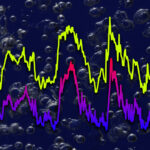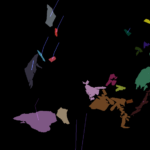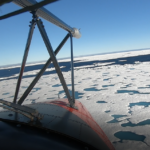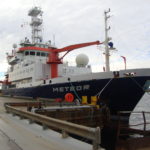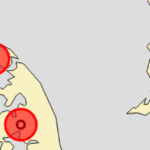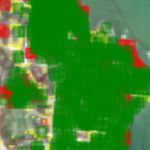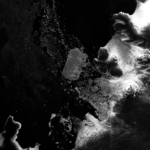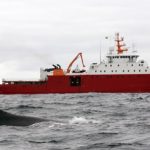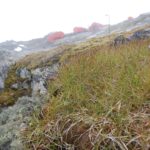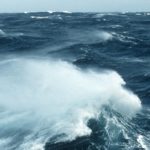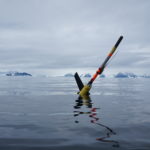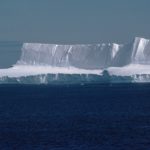Satellite technologies help scientists tackle some of the biggest environmental questions facing society. Innovative use of atmospheric, climate, ice and oceanographic data provides decision-makers in government and business with vital evidence to help them meet major environmental challenges. State-of-the art systems, capable of mapping the geology, monitoring sea-ice conditions, changes in surface temperature and concentrations of greenhouse gases reveal the changes in the Antarctic and Arctic.
Globally-important populations of seabirds breed at South Georgia. However, human-induced impacts have led to the decline of many seabird populations. Four species of albatrosses and white-chinned petrels have shown persistent …
Environmental research relies on digital infrastructure (hardware, software and methods) to provide services that help researchers answer questions about the environment around us, and innovators to work out ways that …
We are developing fully automatable methods for the detection of icebergs using satellite radar data and bayesian tracking methods to monitor icebergs at the individual level and continental extent.
The Arctic Summer-time Cyclone Project is a joint project of scientists from the University of Reading, University of East Anglia and the British Antarctic Survey with expertise in atmospheric dynamics, …
The HEXPLORES project aims to explore for active hydrothermal vents in the Red Sea Rift. Although the Red Sea Rift hosts the world’s largest submarine metalliferous sulphide deposit, no active …
Digital Twinning is next generation technology for data fusion and computer modelling enabling us to rapidly get answers to “what-if” questions. DTs are already in operation in industry and involve …
Fragmentation occurs when parts of a habitat are lost due to for example change of land use, leaving behind smaller unconnected areas. This makes survival of the species of the …
Exposure is one of the corners of the risk triangle, the other parameters being hazard and the vulnerability. In this context exposure is defined as the degree to which elements-at-risk …
The AI4EO Accelerator is a collaboration between Φ-Lab of the European Space Agency (ESA) and the UKRI Centre for Doctoral Training (CDT) in the Application of Artificial Intelligence to the …
The aim of this project is to develop a next generation sea ice information service by integrating and building on a wide range of European and national funded activities which …
6 October, 2015
NERC funds PhD training in robotics and autonomous systems
17 September, 2015
Arctic sea ice 2015 On September 11, the National Snow and Ice Data Centre (NSIDC) reported that Arctic sea ice reached its likely minimum extent for 2015. The minimum ice …
25 September, 2014
New maps of the polar regions reveal unseen world beneath the ice and highlight dramatic decline in Arctic sea ice cover New maps of the sub-ice features in Antarctica and …

